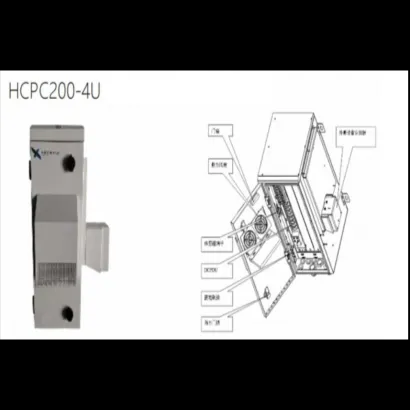energy storage battery
Energy storage batteries represent a revolutionary advancement in power management technology, serving as crucial components in modern energy systems. These sophisticated devices are designed to capture and store electrical energy for later use, effectively bridging the gap between power generation and consumption. The technology employs advanced chemical processes to store energy in various forms, including lithium-ion, lead-acid, and flow battery configurations. These systems can operate at both utility-scale and residential levels, offering flexible solutions for diverse energy needs. Energy storage batteries play a vital role in renewable energy integration, grid stabilization, and emergency power backup. They can efficiently store excess energy during peak production periods and release it during high demand or when primary power sources are unavailable. The technology incorporates smart management systems that optimize charging and discharging cycles, extending battery life and maximizing efficiency. Furthermore, these batteries feature sophisticated thermal management systems, state-of-charge monitoring, and protective mechanisms that ensure safe and reliable operation. Their applications span from supporting renewable energy systems and providing grid services to powering electric vehicles and maintaining uninterrupted power supply for critical facilities.


